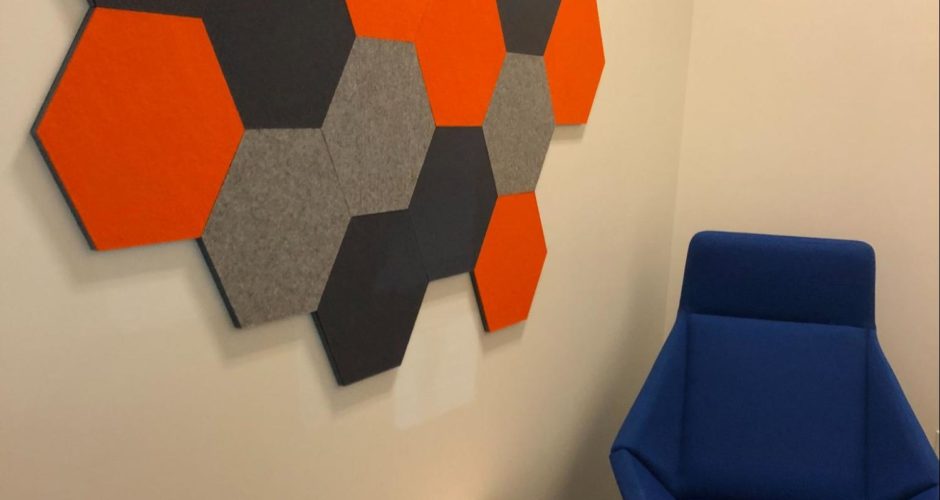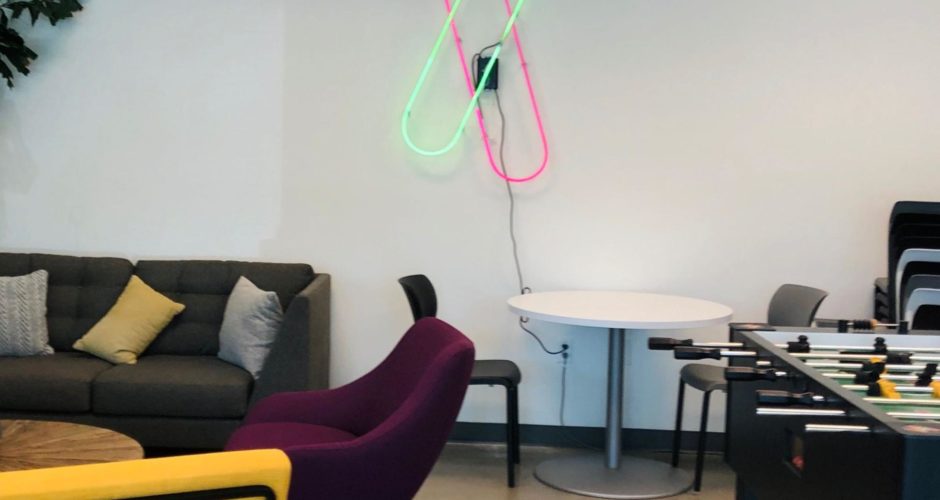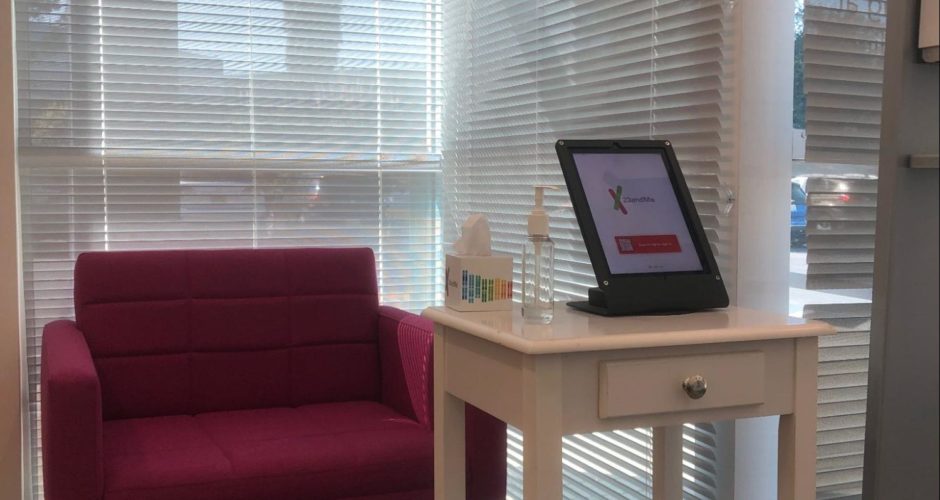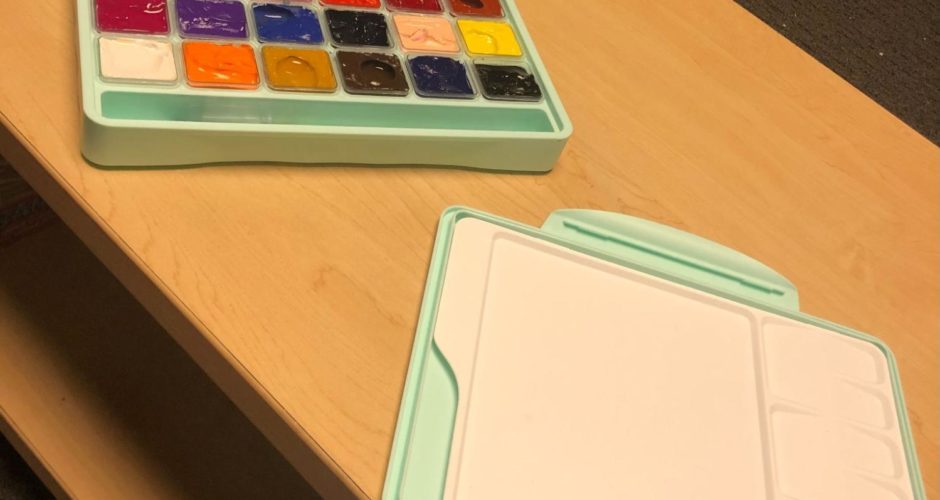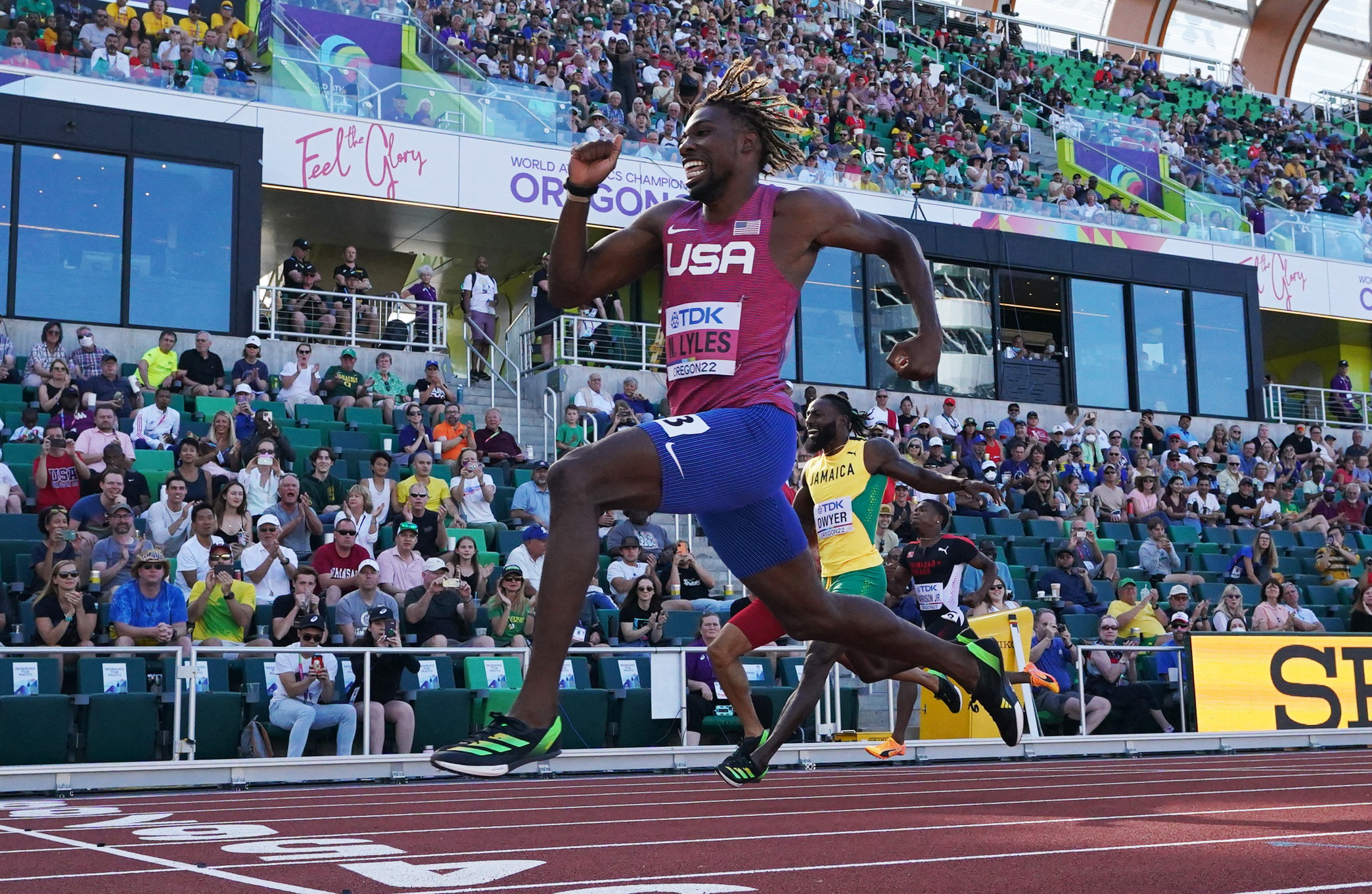Day in the Life of a Haas Student
Katelyn Pan, a writer on the Haas Blog team, delves into a day in her life as a Haas student – read on to see how she spends an average Tuesday, balancing a biotech internship with classes and a personal schedule, and her favorite part of a typical day!
If you could break down a typical day, what would that look like?
This Tuesday in particular starts officially at 9 AM since I’ll be going into office. As an intern, I normally try to schedule work for 4-5 hours a day in one sitting. Although I am remote and my hours are flexible, I’ll be going into the South San Francisco office today since my laptop is having filer access issues and it’s easier to troubleshoot onsite – additionally, I’ll also be having lunch with the Finance team.
At certain hours of the day, what are you doing?
8:30 AM – I usually wake up around this time to get dressed. I sneak around my dorm room trying not to wake my roommate and grab the essentials that I’ve packed the night before – work laptop, badge, agenda, and assorted (necessary!) self defense paraphernalia.
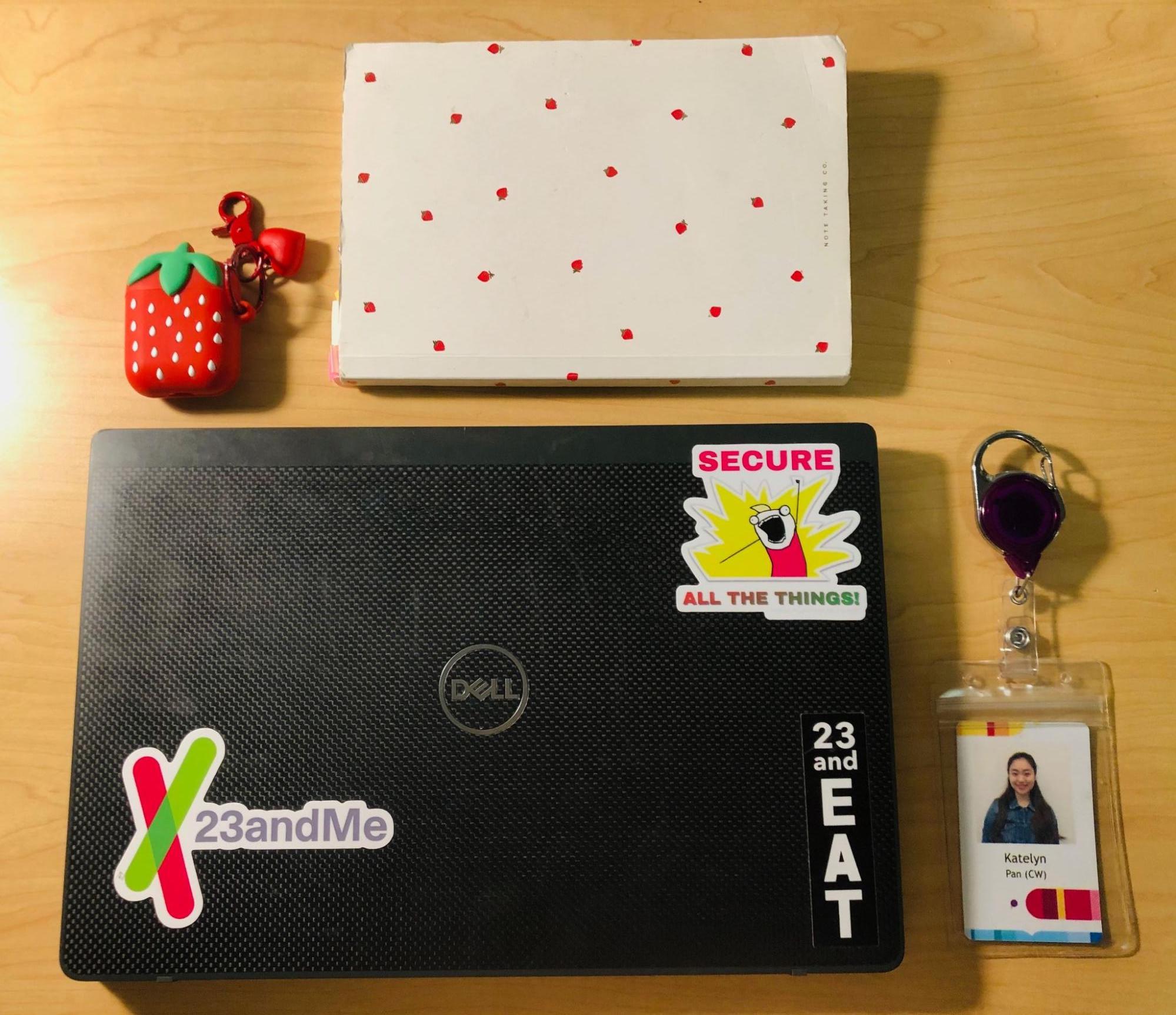
9:00 AM – I schedule a Lyft in advance for 9:50 AM, which saves me time and money. In the interim, I find an empty study room in my residence hall and try to read and annotate more of a research paper that I printed last night about amyotrophic lateral sclerosis (ALS). This is a desperate bid to review the study one final time before I interview the principal investigator, or PI, later today.
10:00 AM – Secure in the Lyft, I make the 45 minute commute from Berkeley to biotech cornucopia, and the landscape dramatically alters from the school’s neoclassical buildings, to dozens of serene-looking corporate offices.
11:00 PM – IT works their magic and my laptop is restored to its fully functioning self. I take the hour before lunch in a booth to catch up on updating budget forecasts, and reviewing more purchase orders. I work in financial planning & analysis, so my responsibilities revolve around analyzing the purchase requisition orders submitted by various departments (engineering, product, legal, etc) for future services. To explain this a bit further in a nutshell: I assess these spend requests against the company’s financial forecasts, ensure several criteria are met, and then approve or reject the order, updating or building the budgets to reflect the amortization schedule and letting my team know if there are any uncharacteristic changes or developments in forecasted spend. (whew, what a run-on!) I’ve built out some trackers for certain services, which has been a rewarding but albeit challenging learning experience.
12:00 PM – I have lunch with the finance team! It’s been 2 years since we’ve seen each other in person, as I started the role before we went online in the pandemic. Talking to my manager face to face is surreal, and I’m happy I came into the office. Conversation centers on the past year, and my coworker’s trip to India for her wedding.
1:00 PM – Lunch is over, and I want to make it back to school. Before I leave, I make the short walk to The Cove – a cluster of restaurants that biotech employees frequent in their lunch hours- and meet up with my friend. There’s an ongoing joke that for any semi-nice, large-group gathering, companies will always go to Foundry & Lux, which is a few steps above the more casual restaurants in the area. In my mind, I idly contemplate starting a competing restaurant.
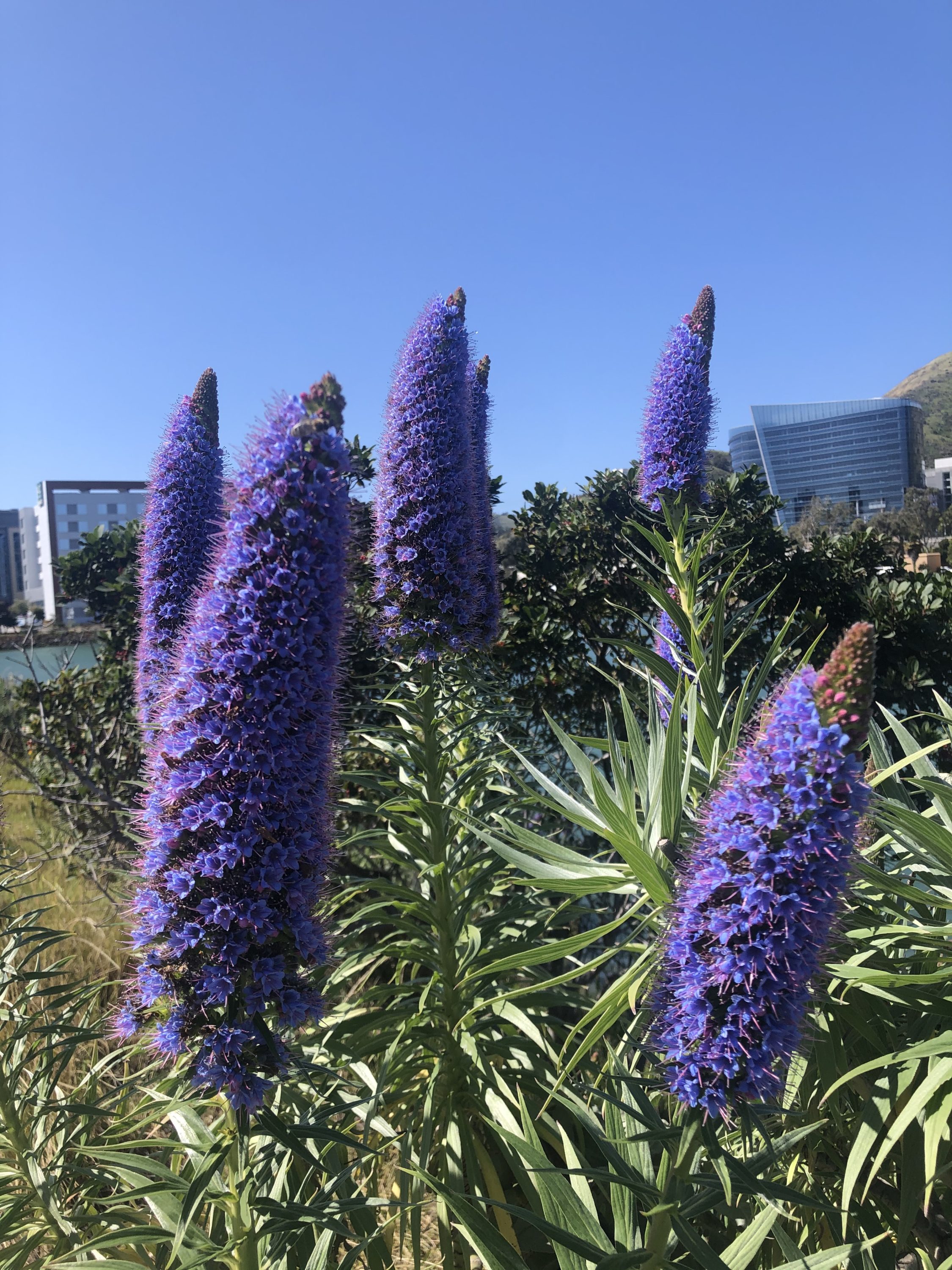
3:00 PM – I commute back to school and join the interview. For thirty minutes, Dr. Mike McGrath graciously responds to my questions about his Phase 2B study of a new drug, NP001, in ALS patients. ALS, more commonly known as the disease renowned cosmologist Stephen Hawkings had, is a neurodegenerative disease that causes motor neuron death and muscular atrophy. The average life expectancy of diagnosed patients is 2-5 years, and the disease currently has no cure. NP001 has exciting implications both in its novel approach and potential for increasing life expectancy. In ALS research, the typical therapeutic target in clinical trials is the mitochondria. However, Dr. McGrath’s study focuses on targeting macrophages, operating under the assumption of ALS being in part driven by inflammation. The study identified a subset of 117 patients in the 40-65 age range showing significantly slower decline when treated with NP001. It has been granted fast-track status by the FDA for further development. Since there are only 2 FDA approved ALS drugs, this is an incredible advancement.
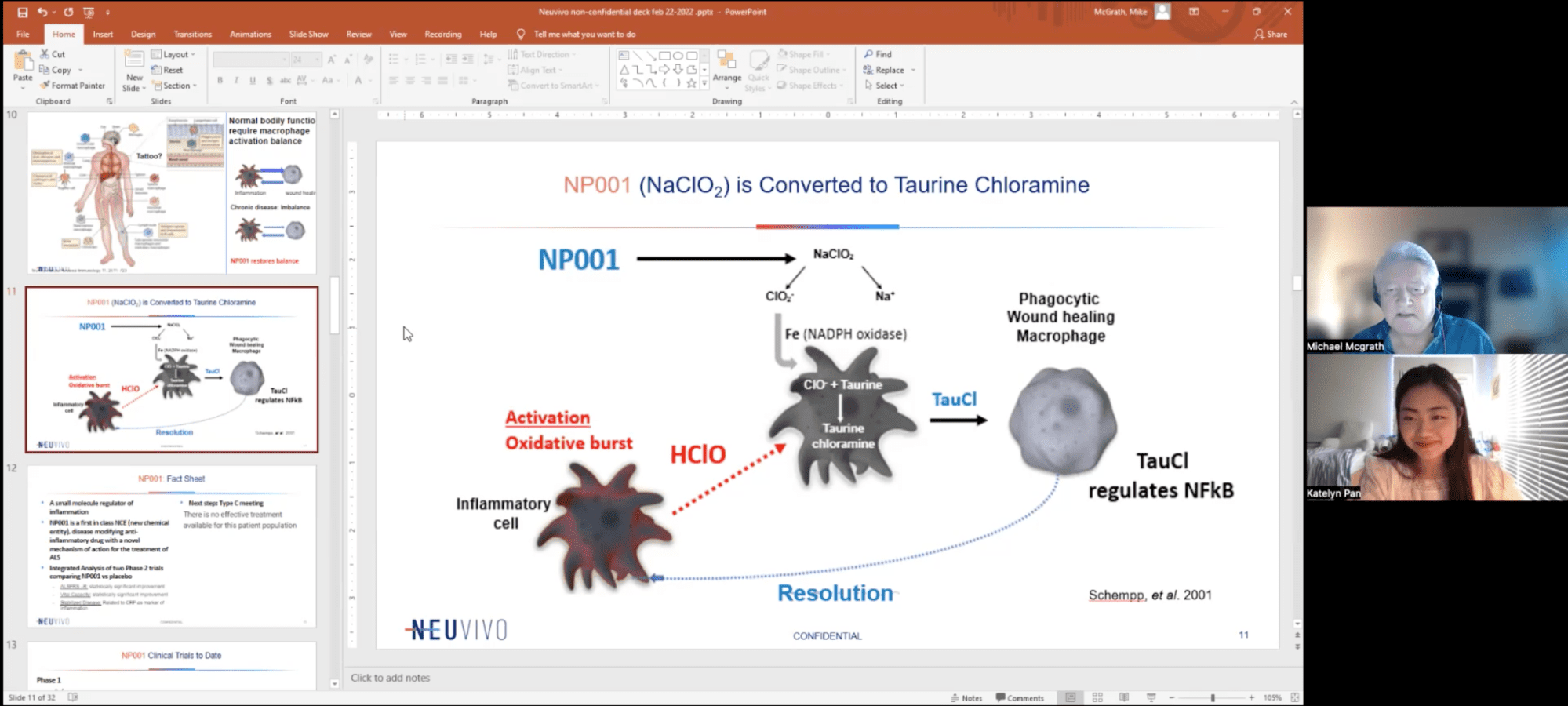
4:00 PM – Interview over, I take a nap.
7:00 PM – The nap ends up being 3 hours, so I book it to my decal in Dwinelle, and groggily navigate the maze-like halls to class. This is Berkeley Medical Journal, a.k.a. the class I interviewed Dr. McGrath for in order to write an article. We go over a research paper, I check in with my editor, and class flies by.
8:00 PM – With the day over, I go over my schedule for the next day and then grab my friend to do some painting with a gouache set I recently acquired. I live on a floor with other transfer students like myself, and it’s an amazing experience being able to learn from and talk to them. We are a close-knit community – could it be due to the fact that we have to share bathrooms or similar life experiences? Probably both.
What is your favorite part of the day?
My favorite part of the day was napping. But in more introspective reflection on today, I feel grateful and honored for the chance to learn from such a diverse group of people. From my manager, researcher, other transfers, and decals led by amazing and capable students, I am constantly inspired by this community and their willingness to share knowledge with others. I strive to do the same.


